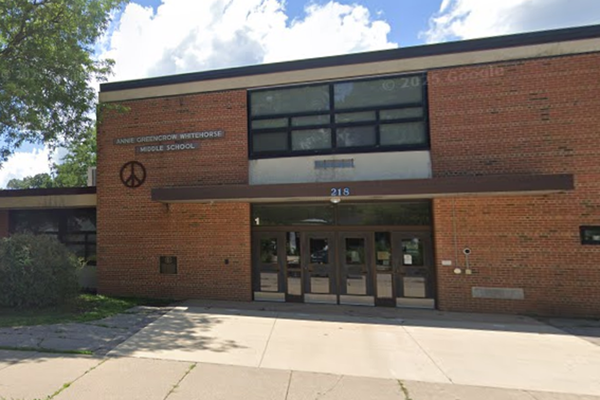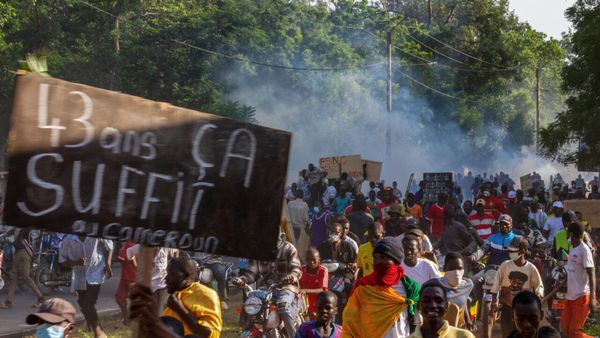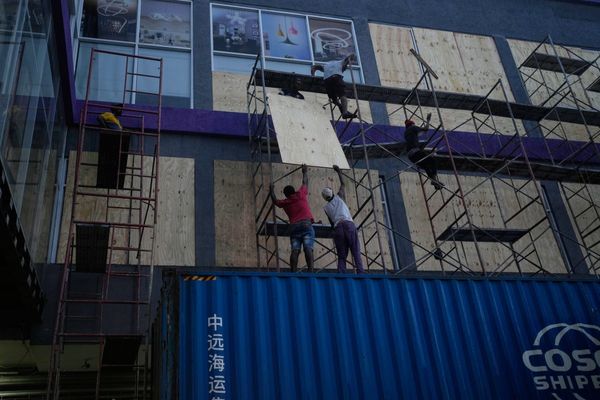
Japan’s new prime minister, Sanae Takaichi, faces the first real test of her diplomatic and personal skills when she meets Donald Trump for talks in Tokyo that are expected to focus on trade and security.
Takaichi, who this month became Japan’s first female leader after winning a vote to lead the ruling Liberal Democratic party (LDP), made her international debut at this weekend’s Asean summit.
But it is her meeting with Trump on Tuesday that will set the tone for Tokyo’s relationship with its important and increasingly unpredictable ally, which has imposed “retaliatory” tariffs on Japan, despite the US president’s obvious affection for the country.
Takaichi will be eager to demonstrate her international credentials, days after forming a potentially shaky coalition with a minor party that still leaves her administration two seats shy of a majority in the powerful lower house of the Japanese parliament and dependent on opposition MPs to pass legislation.
The 64-year-old, who secured the prime minister’s job with support from the right of the LDP, shares Trump’s suspicion of Chinese military activity in the Asia-Pacific, although Tokyo, like Beijing, has found itself on the receiving end of his “America-first” trade policy.
Trump, who at the weekend oversaw a ceasefire deal between Thailand and Cambodia over a border dispute on the first leg of his Asia tour – his longest overseas trip since taking office in January – will have been encouraged by Takaichi’s determination to accelerate Japan’s biggest military buildup since the second world war.
Last week she said she would aim to raise Japan’s defence spending – a longstanding Trump demand – to 2% of GDP by the end of March, two years sooner than planned.
Japan has also moved to acquire “counterstrike” capabilities, including Tomahawk cruise missiles from the US, and plans to deploy domestically developed, longer-range type 12 surface-to-ship missiles.
Their postwar bilateral security treaty, under which the US is required to come to Japan’s defence if it is attacked, is still a source of tension, however. Trump has said he wants Japan to pay more towards the cost of hosting about 60,000 US troops in Japan, most of them on the southern island of Okinawa.
If the US were attacked, Japan “doesn’t have to help us at all” and is free to “watch it on a Sony television”, he said during his first term.
Few expect major concessions on trade this week, after Trump lowered tariffs on Japanese cars to 15% from 27%, bringing some relief to Japan’s export-led economy, in return for $550bn of Japanese investment in the US. But Takaichi is expected to seek further relief with promises to buy more American pickup trucks, soybeans and gas.
The importance the mercurial president places on personal chemistry should benefit Takaichi, whose mentor, the assassinated former prime minister Shinzo Abe, was among Trump’s favourite world leaders during his first term in the White House.
Abe was the first foreign leader to visit the then president-elect Trump, in New York in November 2016, presenting him with a $3,700 gold-coloured golf club that the president lost then found. The two leaders later bonded over rounds of golf in Japan and at Trump’s Mar-a-Lago estate.
Speaking to reporters after a phone call with Takaichi on Saturday, Trump said: “She’s great ... we’re going to be seeing her very soon. She’s very friendly. She was a very, very close ally and friend of prime minister Abe and you know he was one of my favourites.”
Trump’s visit to Japan will begin with an audience with Emperor Naruhito at the Imperial Palace in Tokyo, followed by talks with Takaichi at the state guest house at Akasaka Palace – the venue for Trump’s 2019 meeting with Abe – before he leaves for the Apec summit in South Korea for a summit with Chinese leader Xi Jinping that could extend their countries’ tariff truce.







